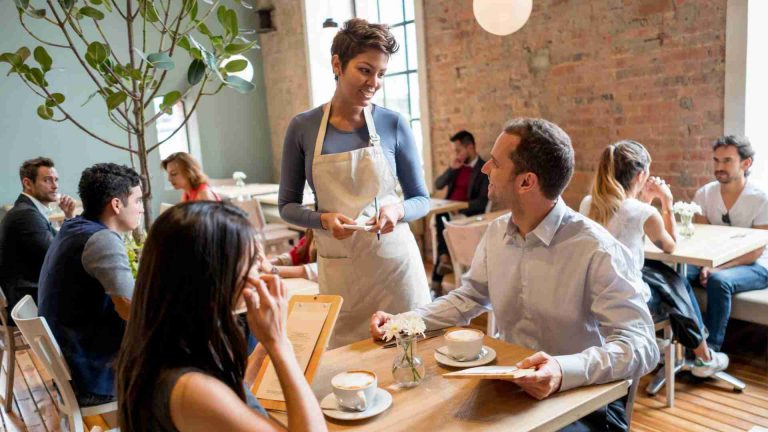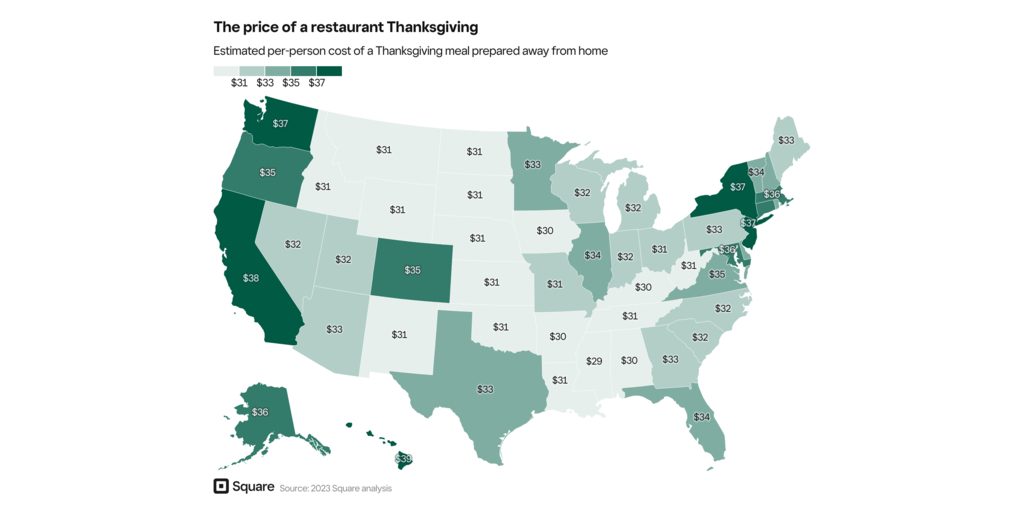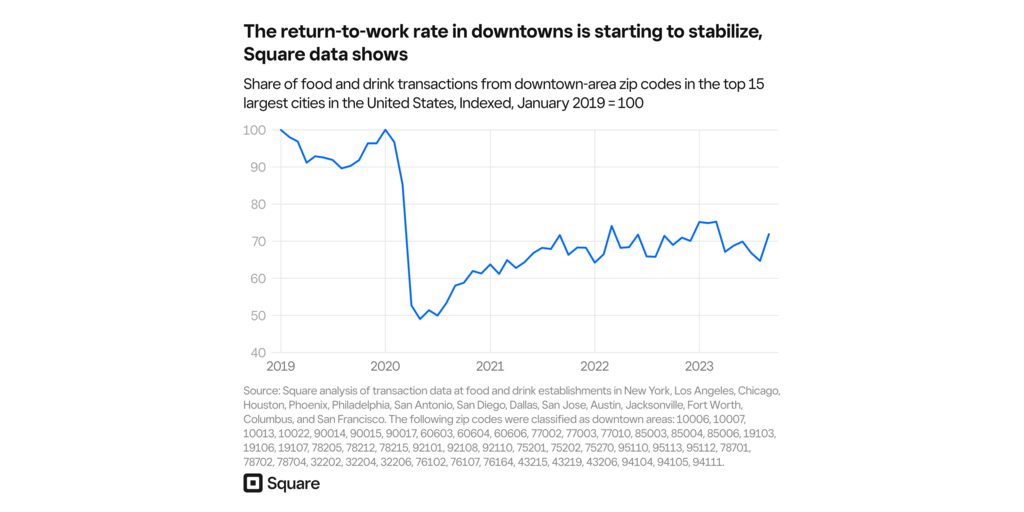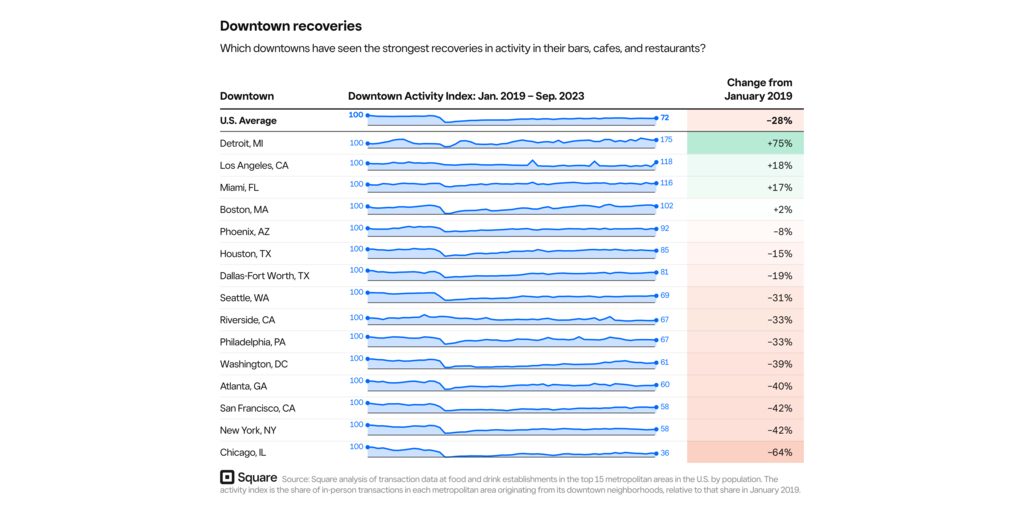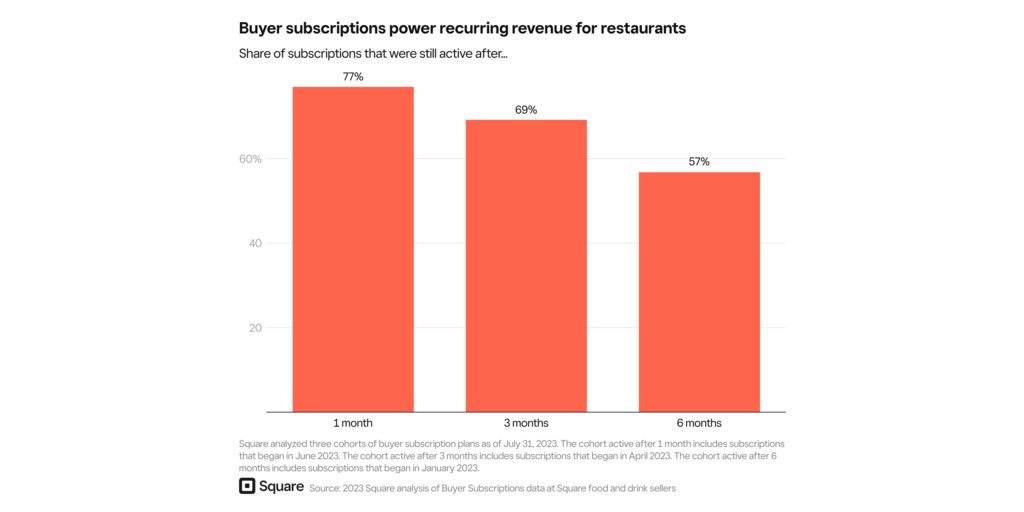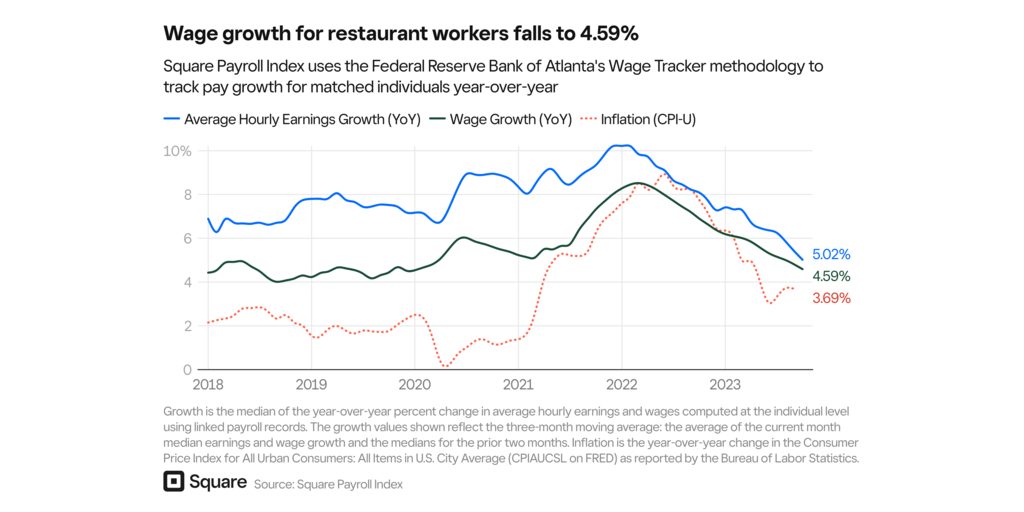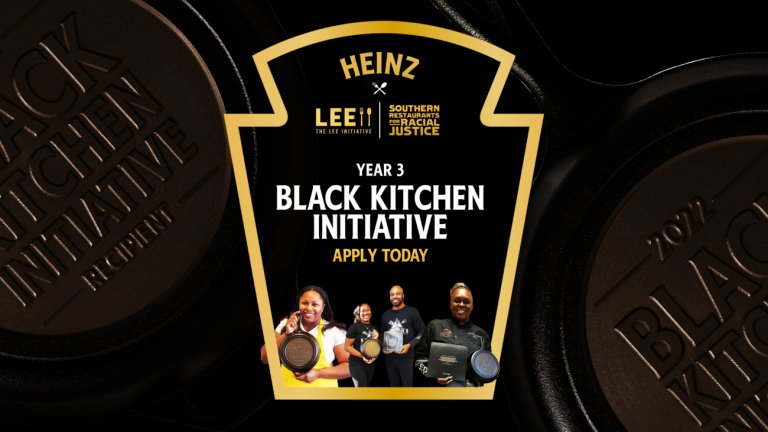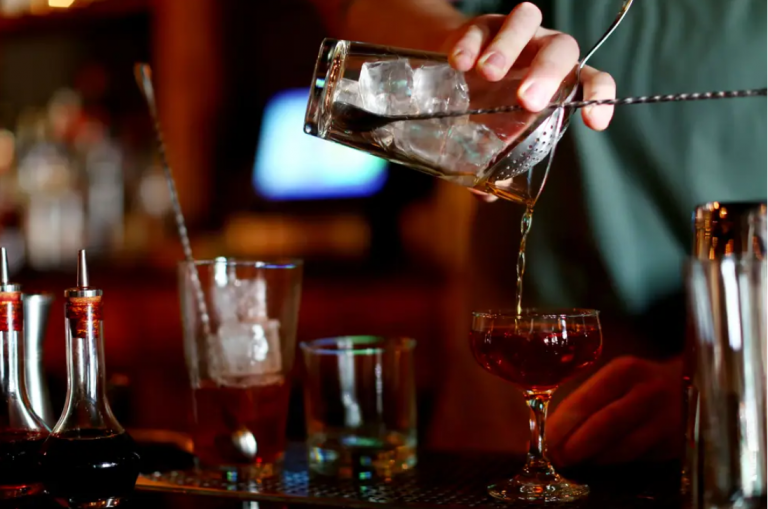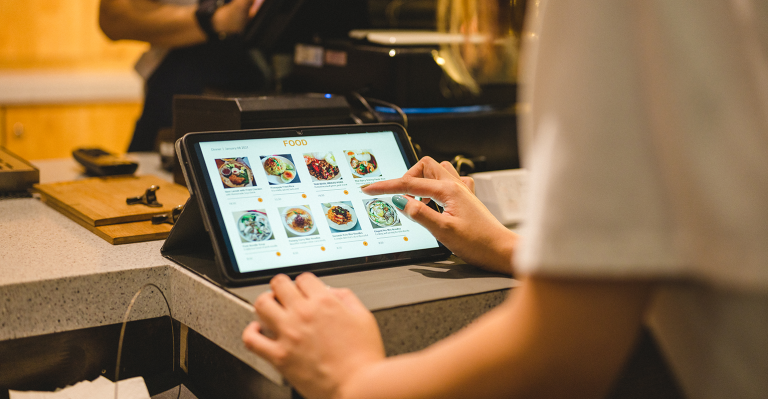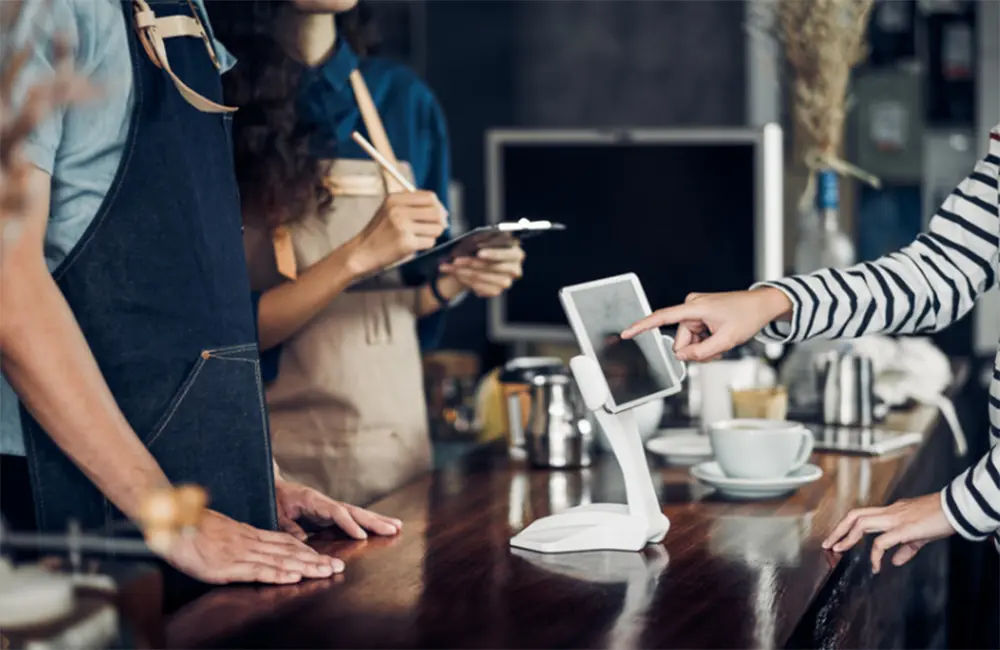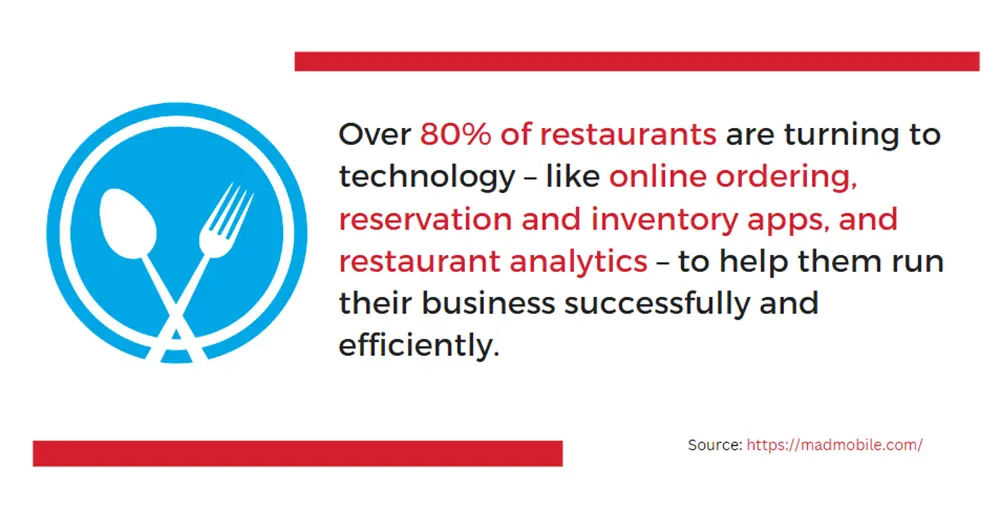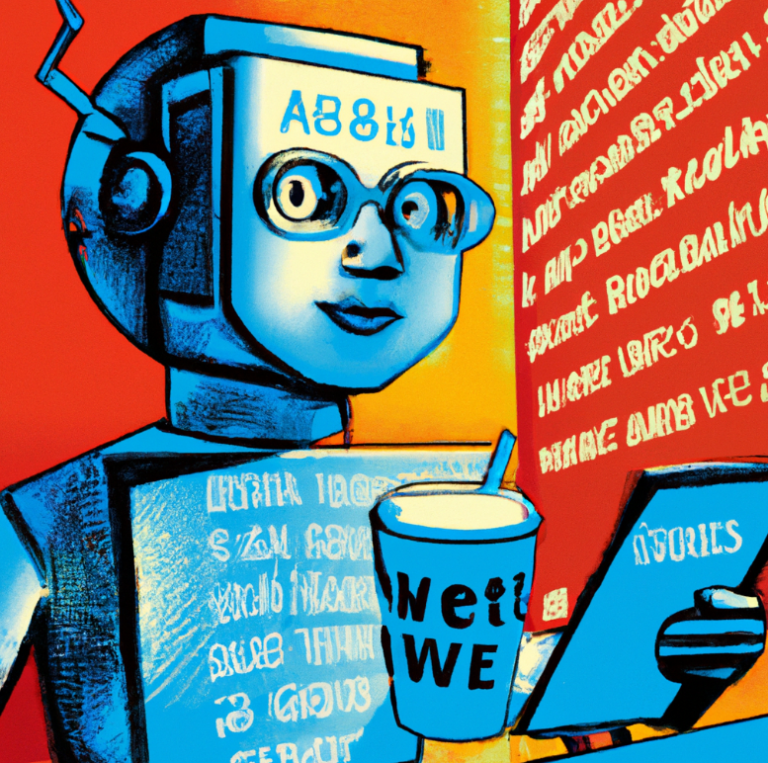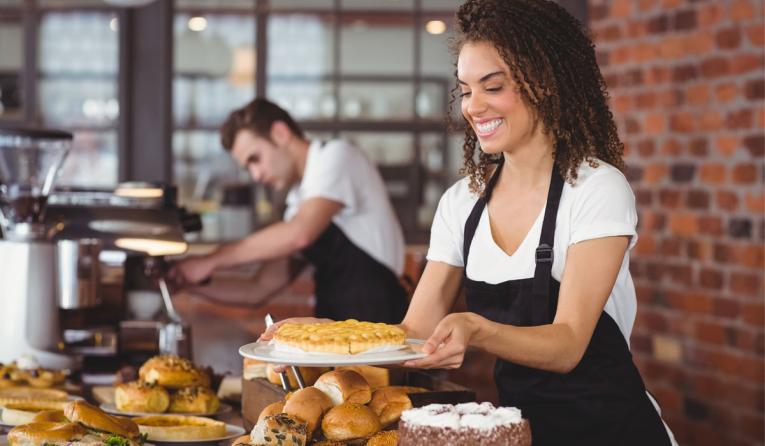At the end of the day, meeting sales objectives relies on meeting customer needs
In a world full of changes, the familiarity of fast casual restaurants comforts buyers because they know exactly what to expect. The golden arches, a fun paper crown, a girl with red pigtails—they’re popular because they’re consistent. Consistency in the fast-causal space is still relevant today, but it’s taken on a new form as technology becomes integrated into day-to-day operations. Now, customers want consistency through personalized experiences.
Personalization is a top priority for consumers and heavily dictates whether they continue to buy from brands. Today, 91 percent of customers are more likely to shop with brands that recognize, remember, and provide them with relevant offers and recommendations. While tailored customer experiences are a must-have for consumers, there’s a disconnect between customer need and business execution. This stems from marketing challenges: 63 percent of marketing executives struggle to provide tailored experiences to customers. So, what’s the catch? How can businesses master the art of personalization to meet sales goals? Technology is a great place to start.
Customization with Self-Order Kiosks
There’s nothing better than ordering—and eating—a go-to meal at a restaurant. The icing on the cake—or the ketchup on the fries—is when customers get that meal quickly and easily. Self-order kiosks are the special sauce to making this a reality.
Self-order kiosks let customers order at their own pace. With more autonomous ordering practices, customers don’t feel rushed to quickly communicate their orders with front-of-house staff. This takes the pressure off customers, boosts customer experience, and typically results in larger orders.
Self-order kiosks use facial recognition software (for those who choose to opt-in) to remember customers’ past orders and immediately let them purchase those orders again. Integrated with payment software, these kiosks can also remember customers’ payment information to reduce touchpoints and time spent ordering.
Beyond uptime, remembering customer orders and preferences also has financial gains for consumers. Customer recognition lets restaurants implement rewards programs, which give customers perks, like a free meal or discount after a certain number of visits. Unique offers based on visiting patterns incentivize customers to continue to purchase from the same restaurants. For example, seven out of 10 Americans consider loyalty programs a leading factor in securing their continued patronage of their favorite brands.
Improving Drive Thru Experiences with Digital Signage
Like self-order kiosks, digital signage is a must-have for improving the customer experience. With digital signage software, staff can update digital menu boards in real time to alert customers of new offerings, items that are sold out, or special deals. So long are the days of frustrating chalk boards or “sold out” stickers. Plus, menus can automatically switch from breakfast to lunch to dinner, unlike static menu boards which need to be physically swapped out throughout the day, rain or shine.
In quick service restaurants, keeping digital menu boards up to date is crucial and becomes even more important with drive-thrus. Customers in the drive thru rely on the accuracy of digital menu boards to make their purchasing decisions. However, something most can relate to is the frustration of pulling up to the order window only to be told an item of choice is sold out. This puts pressure on customers to quickly come up with new orders, with the added challenge of no longer being able to see the menu board. This can result in a poor customer experience, a lost revenue opportunity, and a missed chance at securing a repeat customer. With digital signage software, staff can update menu boards based on stock to ensure customers get their desired meal from pull up to pull away. It also lets teams spotlight new meals and deals that customers might not have known about, encouraging them to add on to their cart.
We’re also seeing the rising importance of digital menu boards as consumers demand information beyond just the price of an item. Many customers now make eating decisions based on information like calories, ingredients, and other nutritional considerations. Leaving customers guessing isn’t the answer. Whether health-conscious, allergic to or intolerant of certain ingredients, customers can more quickly and confidently order.
The Importance of Data Collection & Analytics
No matter the type of technology used in quick service restaurants, integrating data collection and analysis software is a must. For tools like self-order kiosks, data collection informs managers of top-selling products, typical meal sizes, and purchasing patterns. This helps determine which products are poised for upselling or what meals need to be promoted further. Software can also analyze purchasing patterns to decipher peak business hours and foot traffic. This helps managers develop employee schedules and be strategic with where and when they use personnel to minimize potential wait times and produce positive customer experiences.
At the end of the day, meeting sales objectives relies on meeting customer needs. By giving customers more personalized experiences through self-order kiosks, digital signage, and data analytics software, restaurants can easily boost yields to achieve financial demands, while meeting the needs of today’s consumers.
James (Jay) Burdette is the senior director of the Enterprise Process Innovation Center at Panasonic Connect North America. Panasonic Connect is a B2B company offering device hardware, software, and professional services for the connected enterprise. James has near 20 years of experience working within the QSR, TSR, fuel and convenience, and retail industries, leading customers to significant business growth. Jay is a forward-thinking business strategist who is motivated by solving unique customer challenges. He strives to foster a collaborative environment within his teams that leads to true partnership. In his spare time, Jay is an avid motorcycle rider and has a passion for Harley Davidsons, having taken numerous interstate and cross-country rides with his family and friends.



